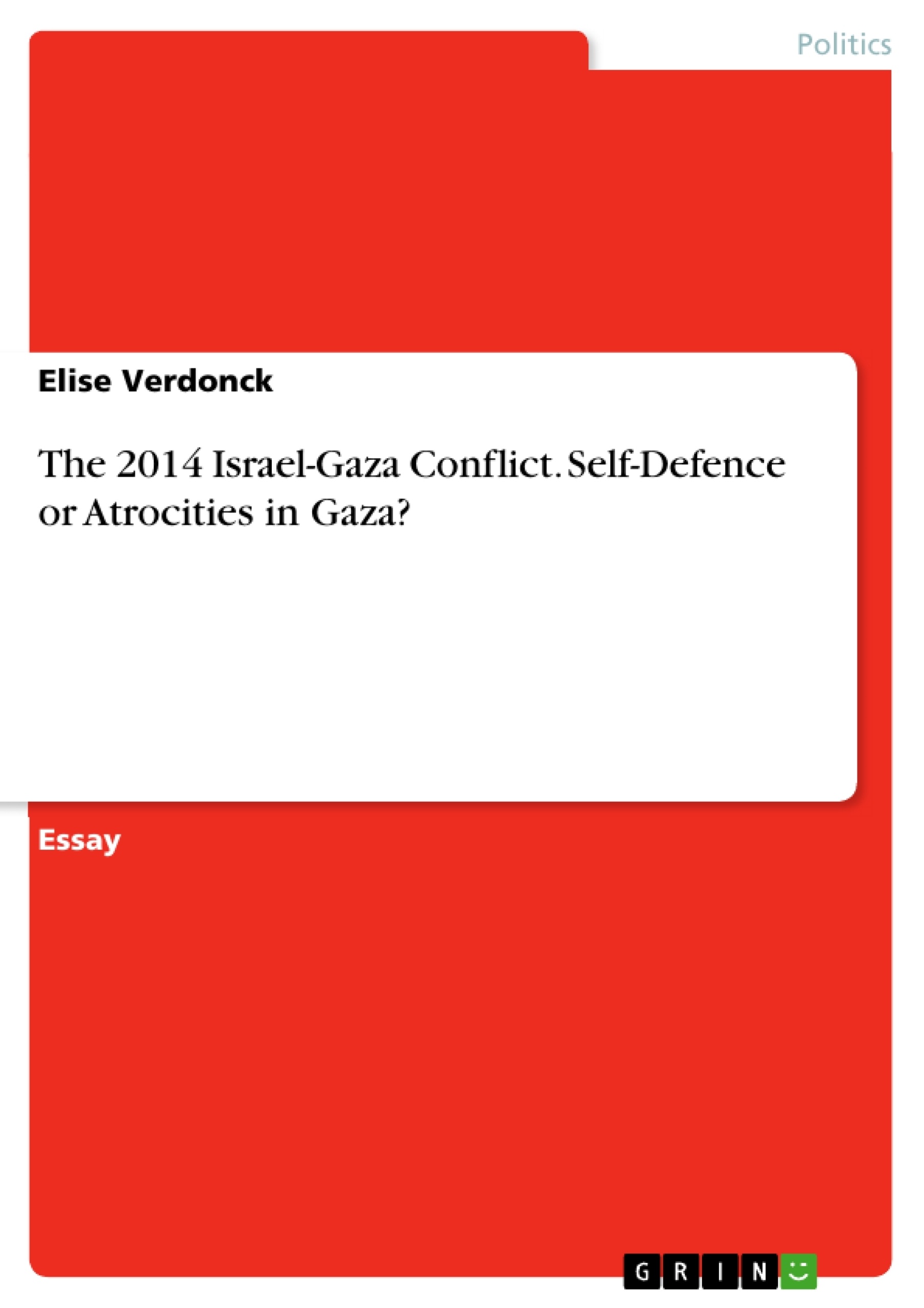International law historically originates from the need to stabilise relations between people and states. To this day, one of its most classic functions remains ensuring the peaceful coexistence between states. Global history is featured by conflicts between states, and even today there is no shortage of disputes. Besides principles of demarcation of territories and jurisdictions between states, the international law developed a wide range of techniques to resolve conflicts. Two of the major sub-branches of international law in this context are the ius ad bellum and the ius in bello. The former is concerned with the law that governs the use of force, whereas the latter deals with the conduct of the armed conflict itself .
The legal abolishment of war was introduced by the United Nations (hereafter “UN”). Nonetheless, according to the Charter of the United Nations of 24 October 1945 (hereafter “UN Charter”), self-defence can serve as a justification for the use of force when certain conditions are met (article 51). Since the Second World War, the face of armed conflicts changed: inter-state conflicts have receded significantly in favour of new wars in which non-state actors play the leading role. Non-state actors are individuals or organisations that have a significant political influence, but are not allied to any particular state. Since the 9/11-attacks, the legality of self-defence against private violence (i.e. violence of non-state actors) has become a major question in the international ius ad bellum debate. While during the Cold War the state-paradigm dominated and states generally held on to a certain form of state involvement in case of a terrorist attack, today it seems that the international community no longer has principle objections to the exercise of self-defence against non-state actors, even if the initial attack cannot be attributed to a state. As a response to the proliferation and rise of non-state actors, attempts to stretch the limits of the definition of self-defence to include attacks by non-state actors can be witnessed. The Israel-Gaza conflict, one of the most complicated ongoing international conflicts with non-state actors, has – as a part of state practice – also contributed in the evolving standard of the right of self-defence.
Inhaltsverzeichnis (Table of Contents)
- Introduction
- The Concept of Self-Defence
- Origin of the Prohibition on the Use of Force
- Principles Governing the Use of Self-Defence
- Procedural requirements
- Substantive requirements
- Self-Defence against Non-State Actors
- The Possibility of Self-Defence against Non-state Actors
- Opinion of the International Court of Justice
- State practice
- Particular Issues of Self-Defence against Non-state Actors
- Scale of the initial armed attack
- Anticipatory self-defence
- Necessity and proportionality
- The Possibility of Self-Defence against Non-state Actors
- Legality of Self-Defence in the 2014 Israel-Gaza Conflict
- The Gaza Strip
- Historical Background of the Conflict
- Operation Protective Edge: lawful self-defence or atrocities in Gaza?
- Timeline of the 2014 Israel-Gaza Conflict
- Legality of Operation Protective Edge
- Conclusion
Zielsetzung und Themenschwerpunkte (Objectives and Key Themes)
This essay examines the legal framework governing the use of self-defense against non-state actors, focusing specifically on the 2014 Israel-Gaza conflict. It aims to analyze whether Israel's actions during Operation Protective Edge were justified under international law as acts of self-defense or constituted unlawful atrocities in Gaza.
- International law governing the use of force, specifically self-defense.
- The applicability of self-defense against non-state actors.
- The historical context of the Israeli-Palestinian conflict.
- The legal analysis of Operation Protective Edge, examining the proportionality and necessity of Israel's actions.
- The ethical considerations surrounding the use of force in conflict.
Zusammenfassung der Kapitel (Chapter Summaries)
The introduction sets the stage for the essay, highlighting the importance of a shared understanding of the legal and legitimate use of force in international relations. Chapter II delves into the concept of self-defense under international law, exploring its origins, procedural requirements, and substantive elements. Chapter III focuses on the specific legal issues surrounding self-defense against non-state actors, including the interpretation of relevant international law and the complexities of proportionality and necessity. Chapter IV examines the legality of Israel's actions in the 2014 Israel-Gaza conflict, providing a historical overview of the conflict and analyzing the events of Operation Protective Edge in light of international legal principles. This chapter includes a detailed timeline of the conflict.
Schlüsselwörter (Keywords)
This essay focuses on key legal concepts such as self-defense, non-state actors, international law, international humanitarian law, the use of force, proportionality, necessity, and the historical context of the Israeli-Palestinian conflict. It analyzes the 2014 Israel-Gaza conflict, specifically Operation Protective Edge, and examines the legal and ethical implications of Israel's actions.
- Quote paper
- Elise Verdonck (Author), 2014, The 2014 Israel-Gaza Conflict. Self-Defence or Atrocities in Gaza?, Munich, GRIN Verlag, https://www.grin.com/document/284136



